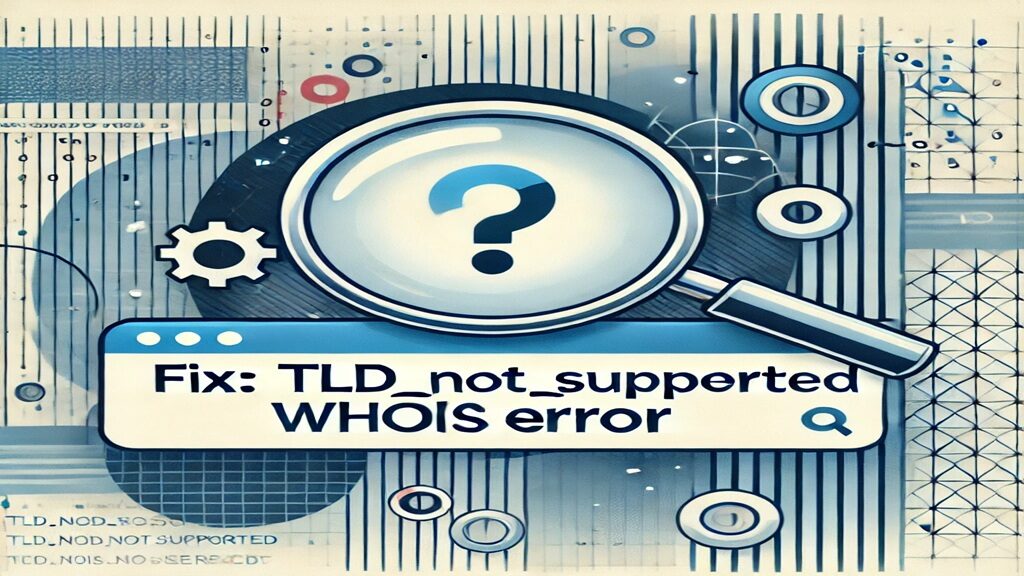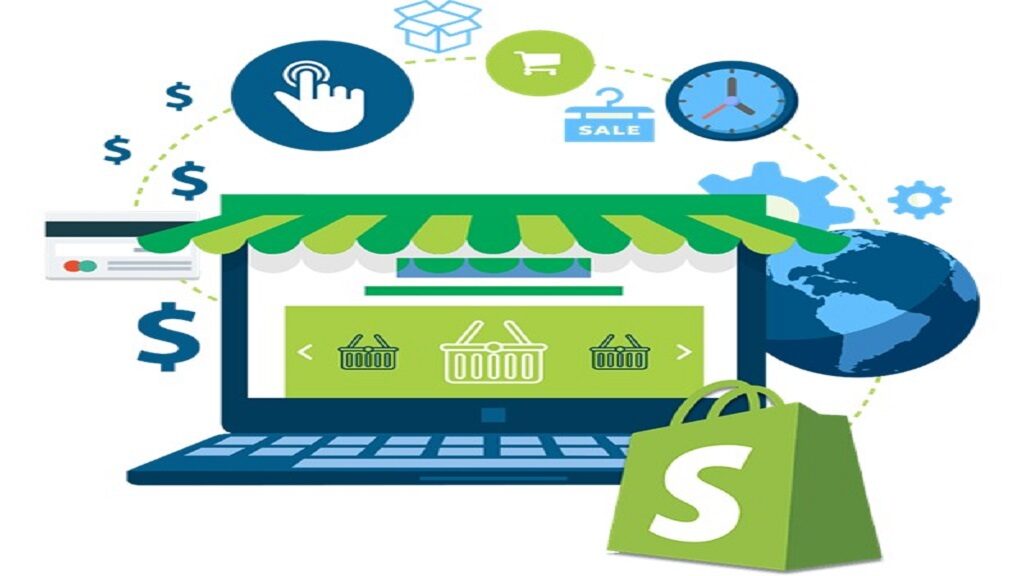Table of Contents
Introduction
The future of Artificial Intelligence is exciting, but also scary. Many things can be done with AI and a lot of them do not have any adverse effects on society. The only problem is that we don’t know how to ensure that there are no adverse effects (or at least no more than what we already have).
Artificial Intelligence (AI) is transforming the way we interact with technology. From voice recognition to facial recognition, AI is being used in a variety of applications across industries.
AI-based technologies are being used to automate processes, provide better customer service, and improve decision-making. This article will explore the different technologies based on AI and their potential use cases in various industries.
Cognitive computing
Cognitive computing is a set of technologies that can help computers learn, reason, and make decisions. Cognitive computing has been around for decades, but it’s only recently that advances in machine learning have made it effective enough to be practical.
What does cognitive computing do?
Cognitive systems are designed to “think” in ways that humans do – they learn from experience by observing the world and making predictions about what will happen next based on past experiences.
They also use reasoning skills like common sense or intuition to determine how best to solve problems or make decisions (for example: “if I press this button now then something bad happens,” or “if I stay here until dark then it will be safer”).
Some cognitive systems even use sophisticated algorithms that allow them to consider more complex ideas than humans could ever consider without falling into logical traps like false assumptions (e.g., if everyone else gets through the shortcut first then so should we).
Deep learning
Deep learning is a subfield of machine learning that uses artificial neural networks to solve problems. Since the 1980s, deep learning has been used in areas such as computer vision and speech recognition. In recent years, it has become more widely used in natural language processing (NLP) and machine translation.
Deep learning can be thought of as a method for training large artificial neural networks by providing them with lots of data about the input features that they need to learn from.
The network learns how to map these features back into an output value using some mathematical function called activation function or gradient descent algorithm which takes in the current state inside your model and outputs its prediction result next time around (the “learning”).
Blockchain
Blockchain is a distributed ledger technology that records transactions in chronological order. It was invented by Satoshi Nakamoto, who published the invention in 2008 as part of his paper titled “Bitcoin: A Peer-to-Peer Electronic Cash System.” The blockchain can be used to store any type of information or data–from financial transactions to medical records and legal contracts.
Blockchain will revolutionize many industries, including finance, healthcare, and government services. The first application that uses blockchain technology was Bitcoin itself (which is why it’s so commonly referred to as “Bitcoin”). Companies around the world have already adopted this digital currency because it makes transferring money faster and cheaper than ever before thanks to its decentralized nature (no centralized authority).
IoT
The Internet of Things (IoT) is a network of devices that are connected. The IoT can be thought of as being similar to the internet in that it relies on a network, but rather than connecting computers, it connects everyday objects like cars and refrigerators.
The first step toward implementing an IoT system is collecting data from these devices and then analyzing it before sending out commands back to them. This process ensures that every action taken by an IoT device will be accurate and efficient for its intended purpose–and thus useful for both humans and machines alike!
These are the technologies that are going to shape the future of AI.
AI is a broad term that encompasses many different technologies. From cognitive computing, deep learning, and blockchain to IoT and robotics–the list goes on. But what do these technologies have in common? They’re all underpinned by machine learning (ML), the ability for computers to learn without being explicitly programmed.
ML can be applied at any level of AI: from simple decisions made by machines like self-driving cars or chatbots you might use when texting your friends; or complex tasks such as beating humans at Go or playing chess against professional players in tournaments around the world (this last example is coming soon).
Conclusion
AI technologies are going to have a significant impact on our world in the coming years. They will play a part in everything from improving healthcare to fighting terrorism and more. As these new technologies become more pervasive, it may be important for us to understand how they work, who is behind them, and what their goals are.
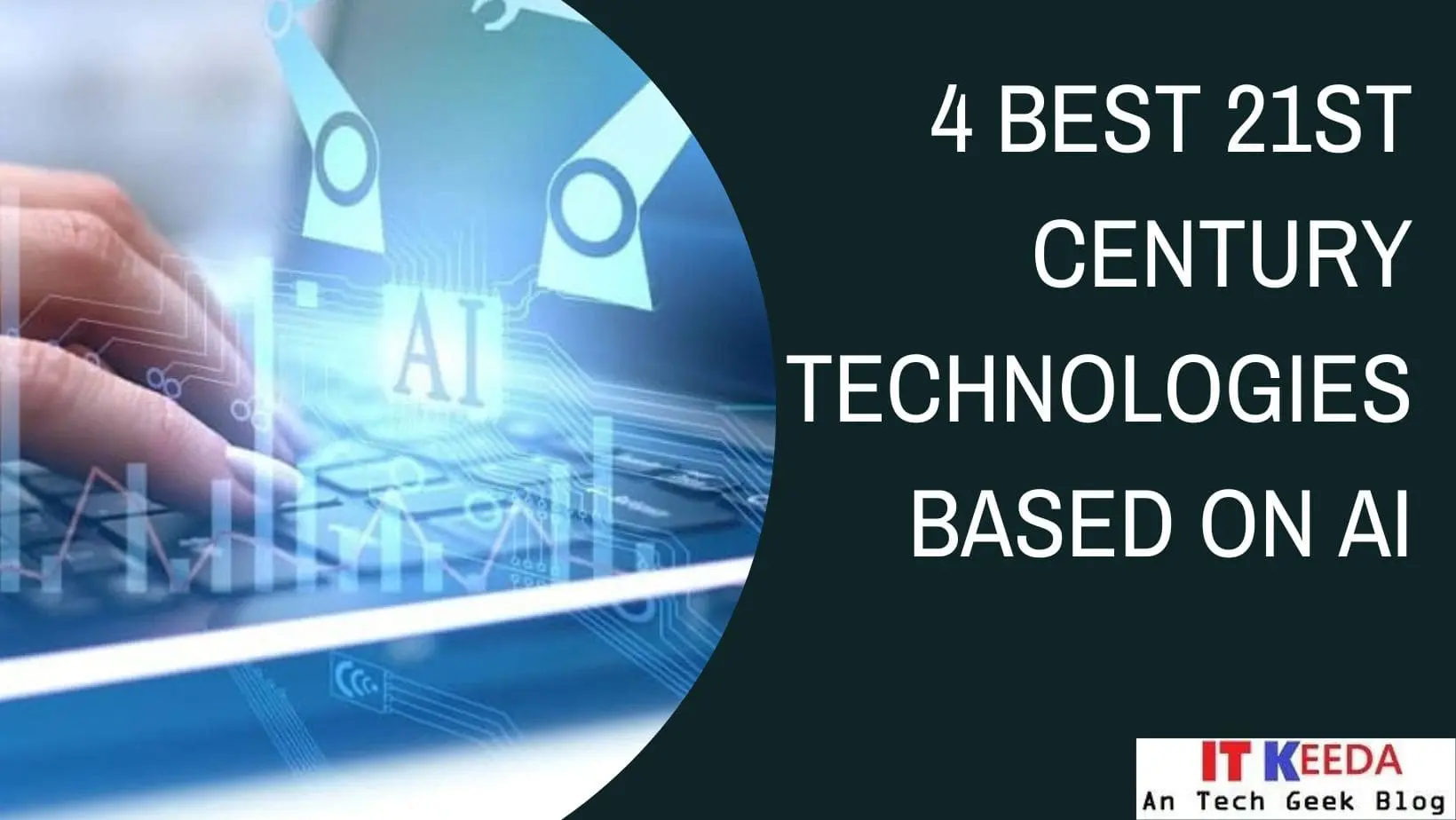
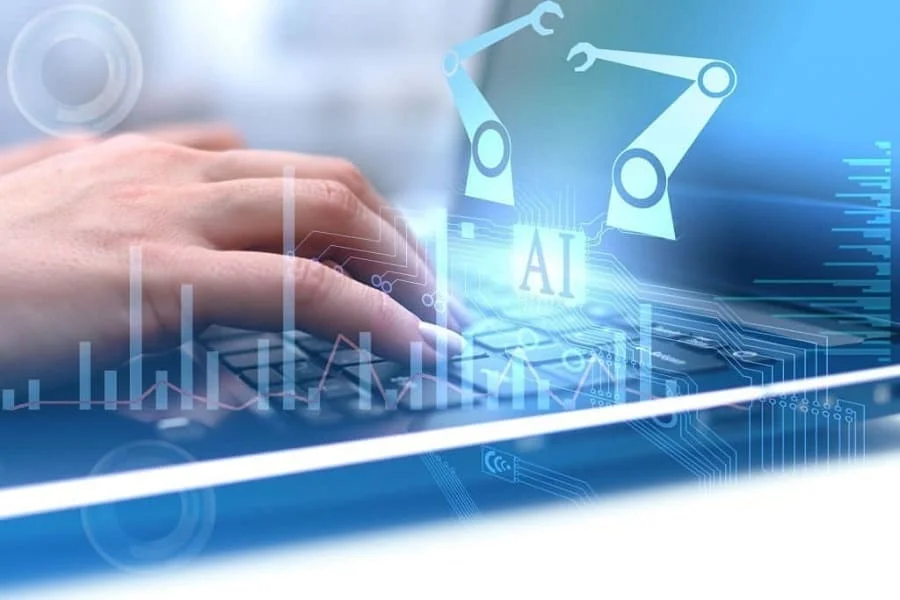
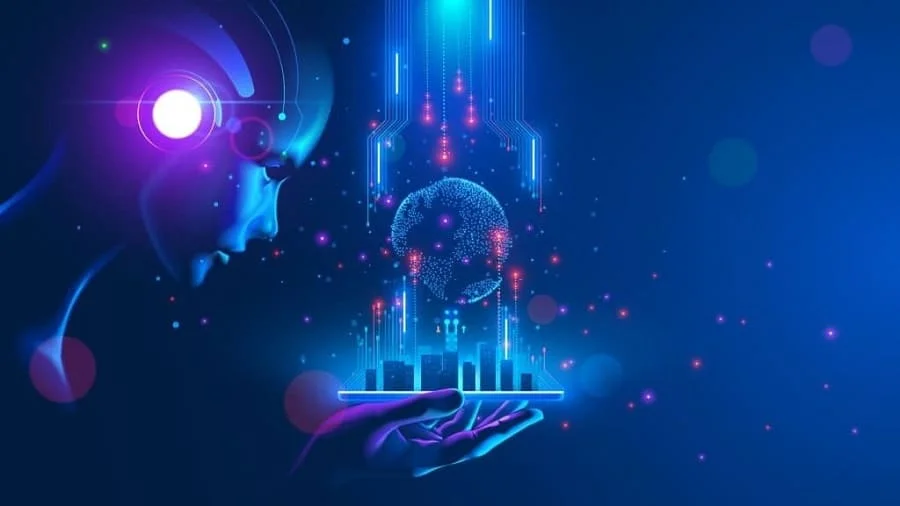
![What Is AGI? A Detailed Beginner’s Guide to the Future of AI [2025]](https://infotechkeeda.com/wp-content/uploads/2025/08/What-is-AGI.jpg)
![AI Agents Examples: A Beginner’s Guide to Getting Started [2025]](https://infotechkeeda.com/wp-content/uploads/2025/08/AI-Agents-example.webp)
